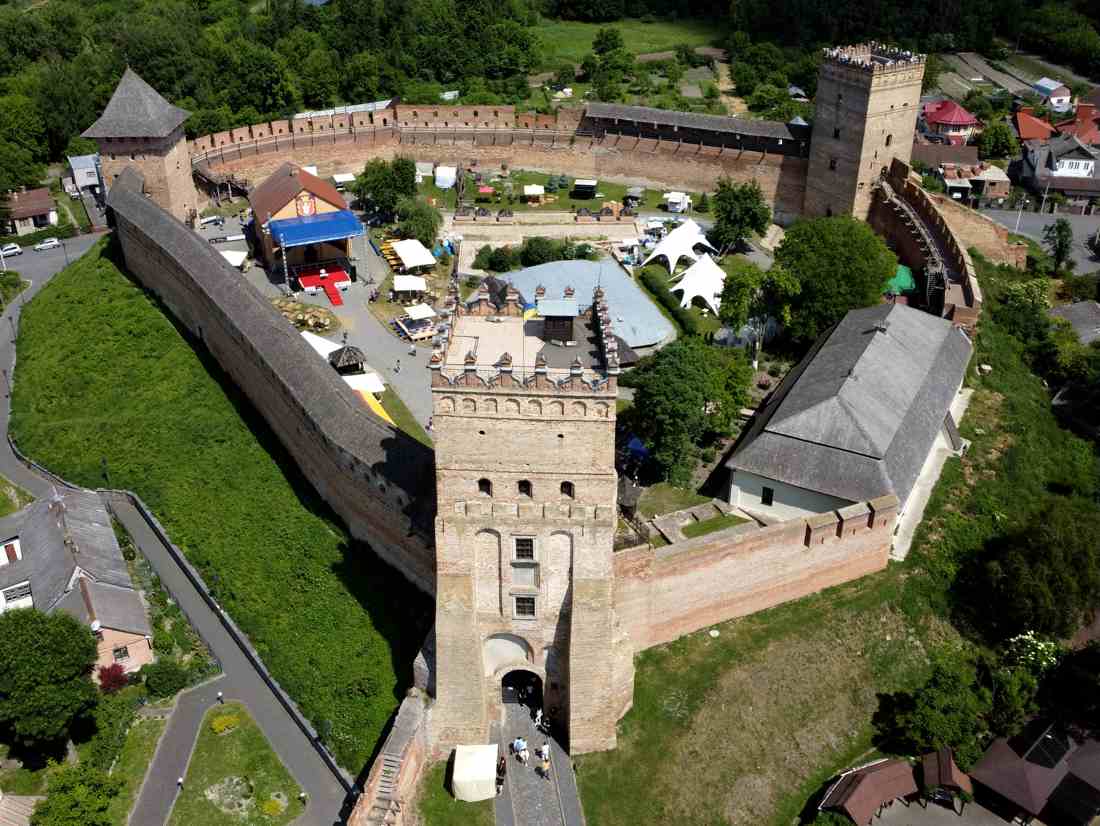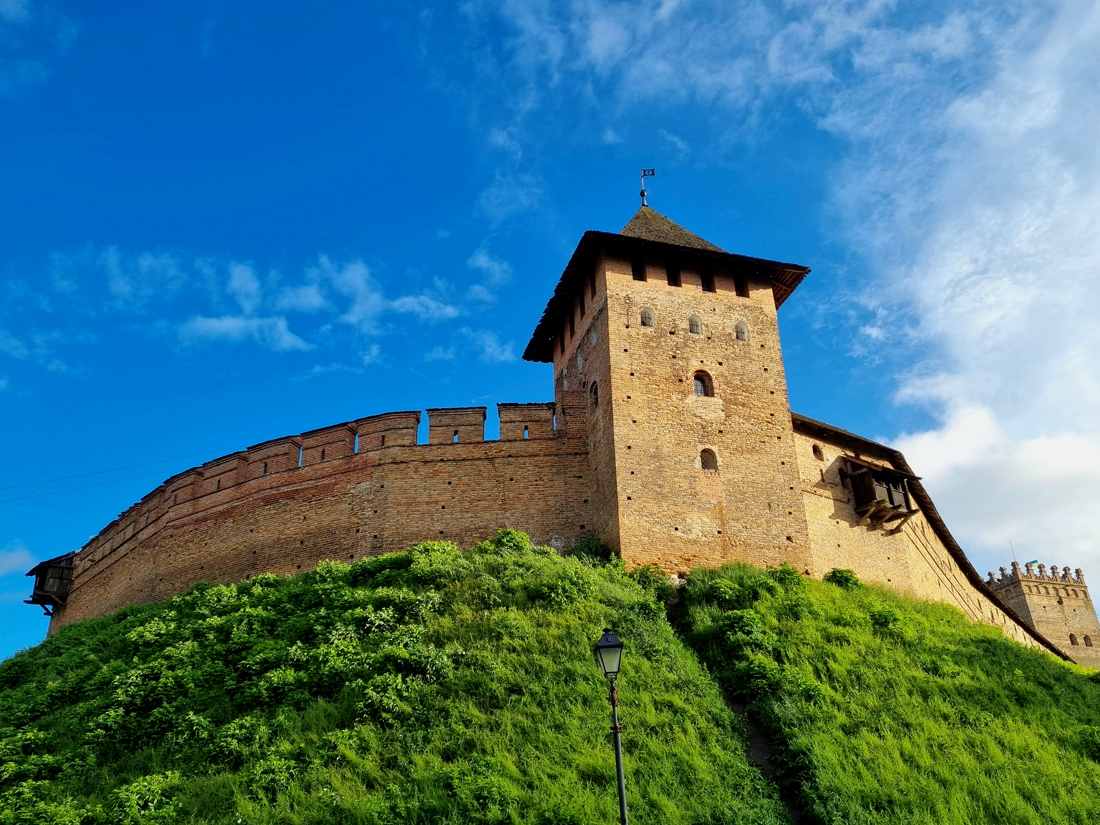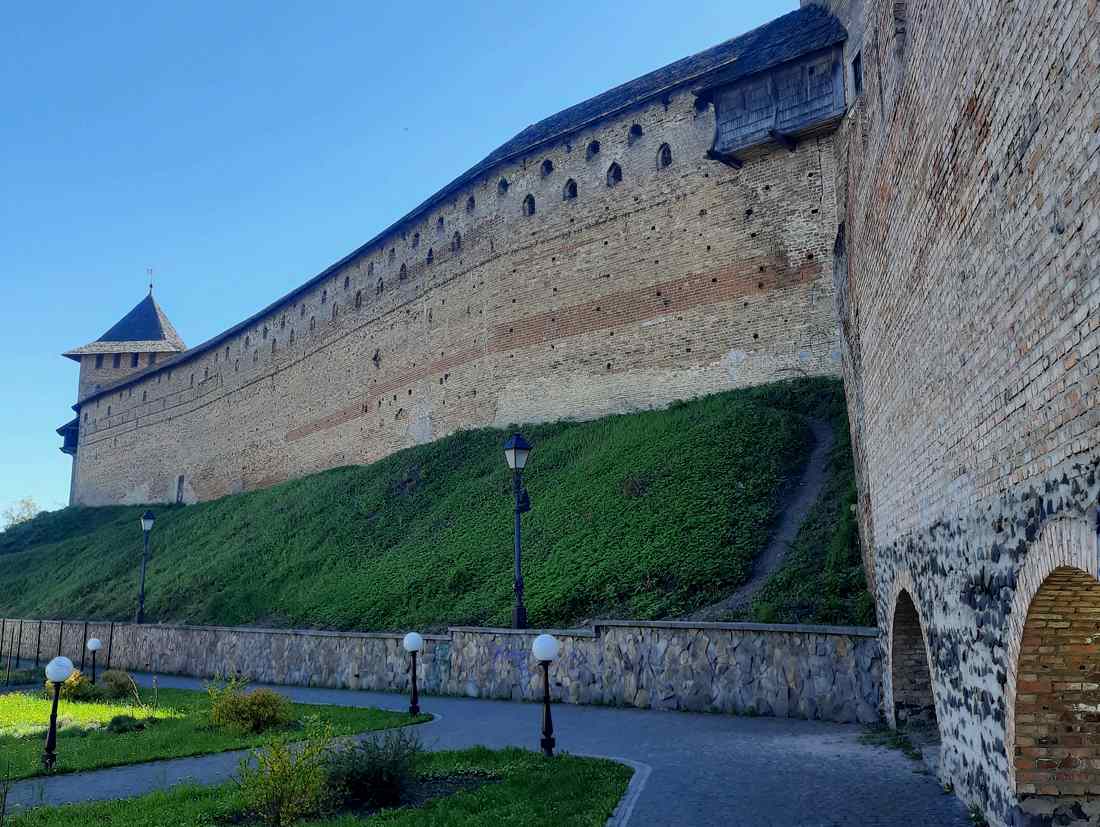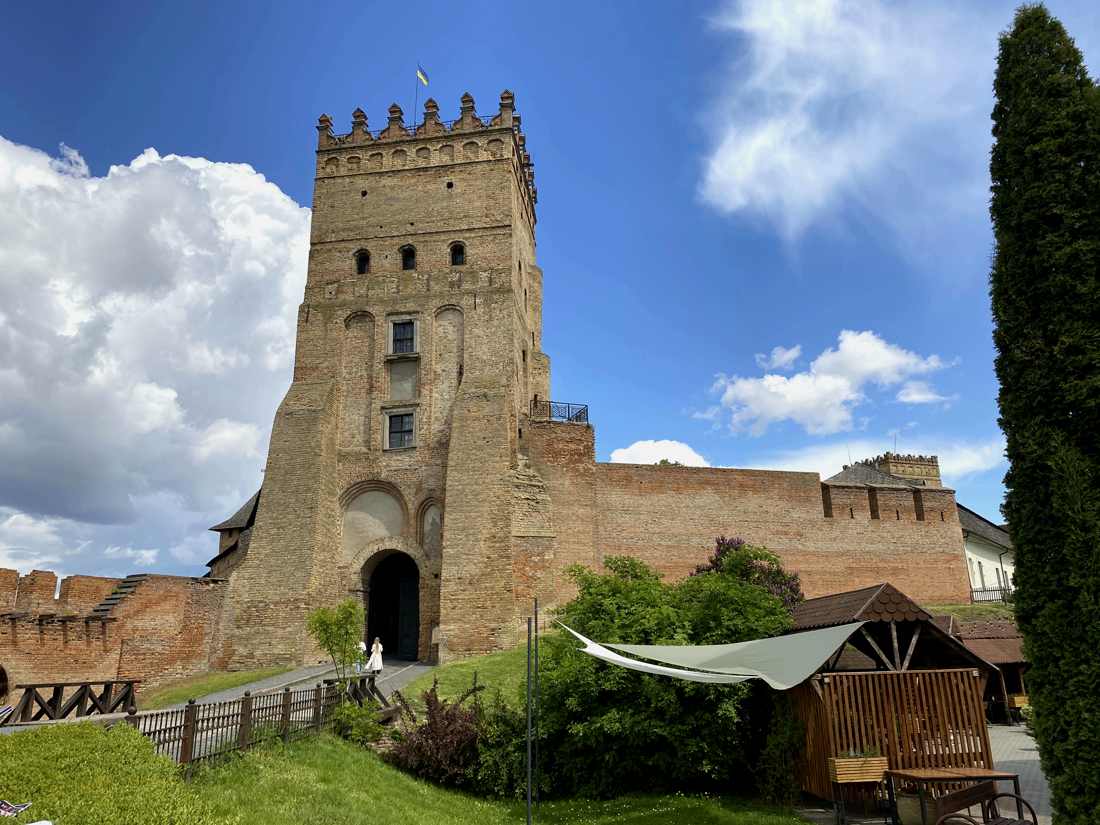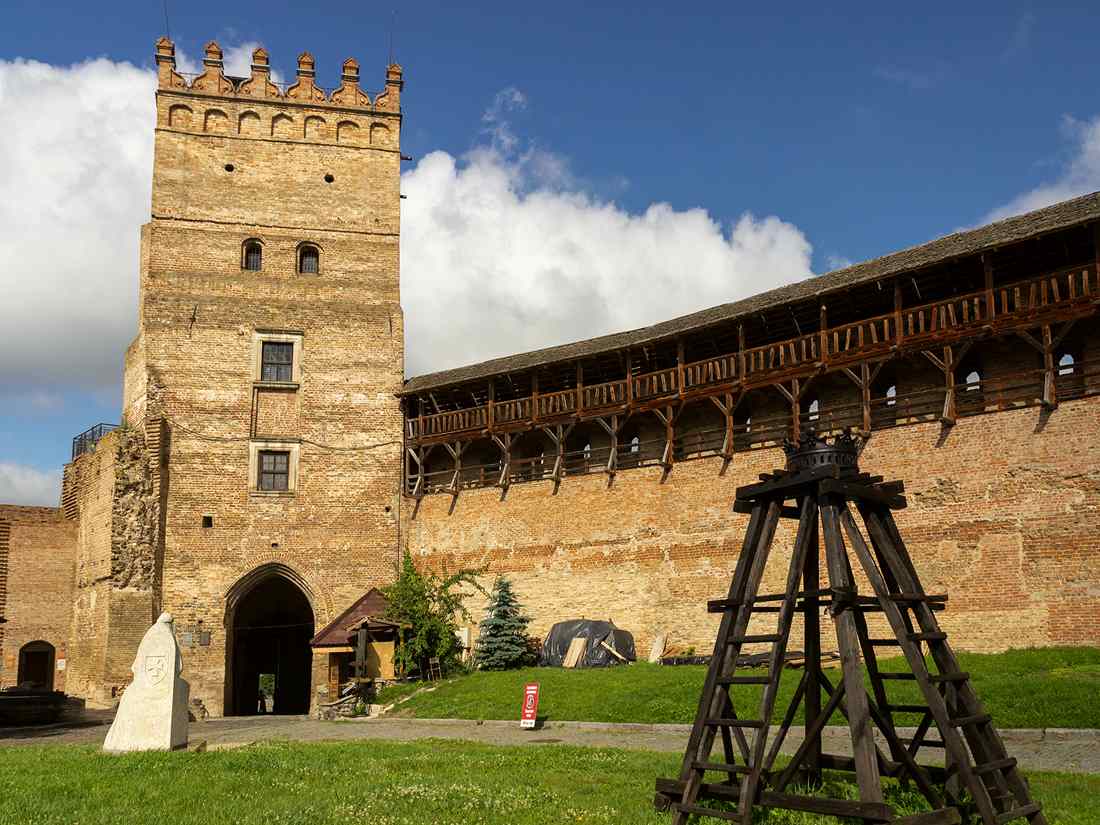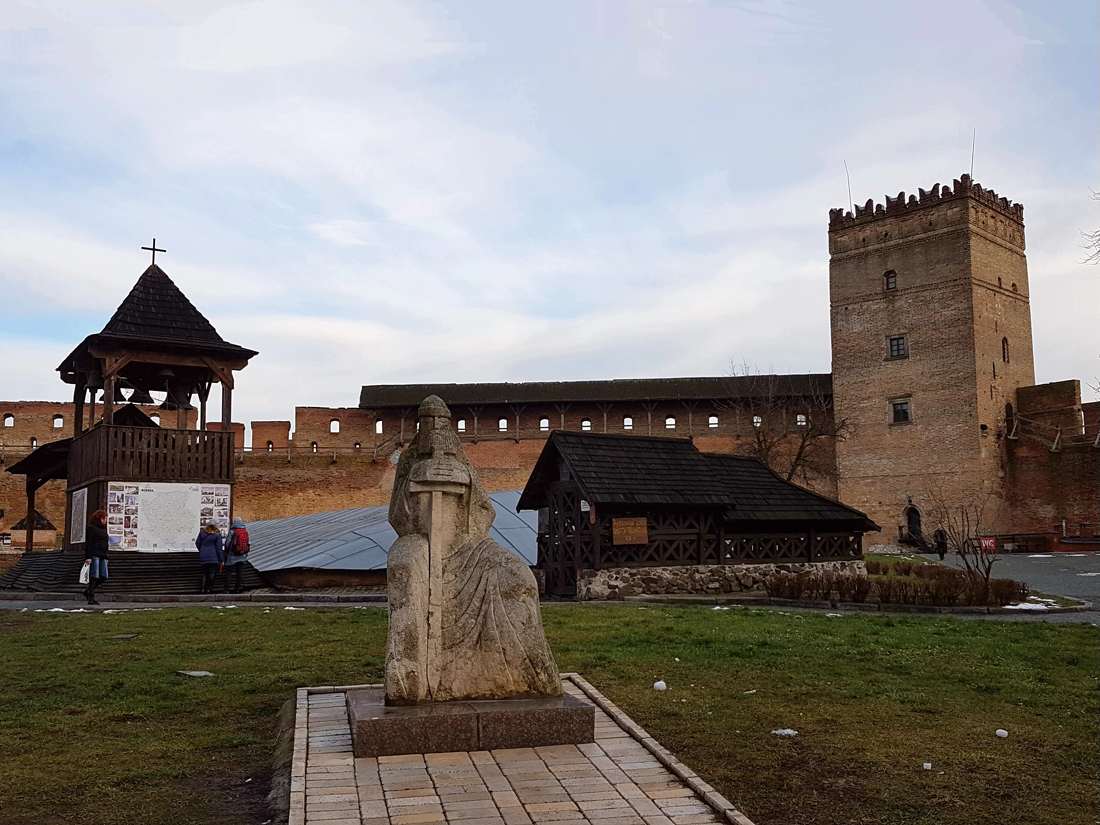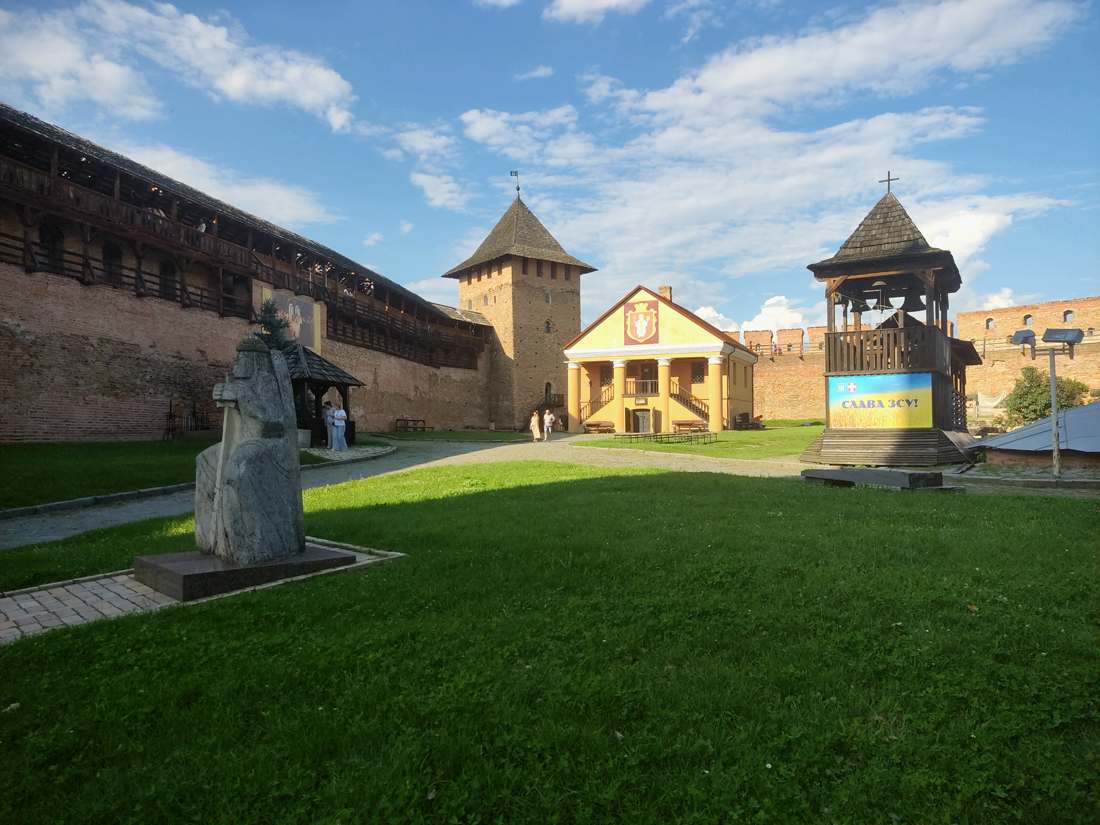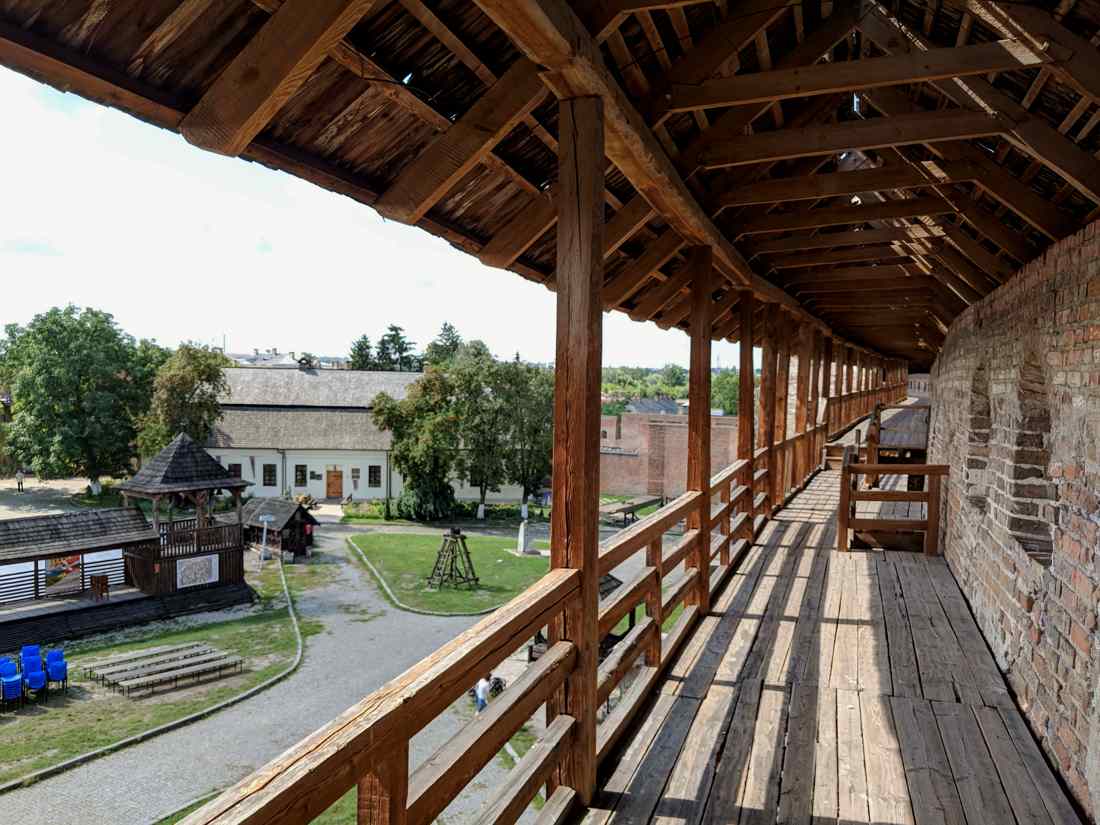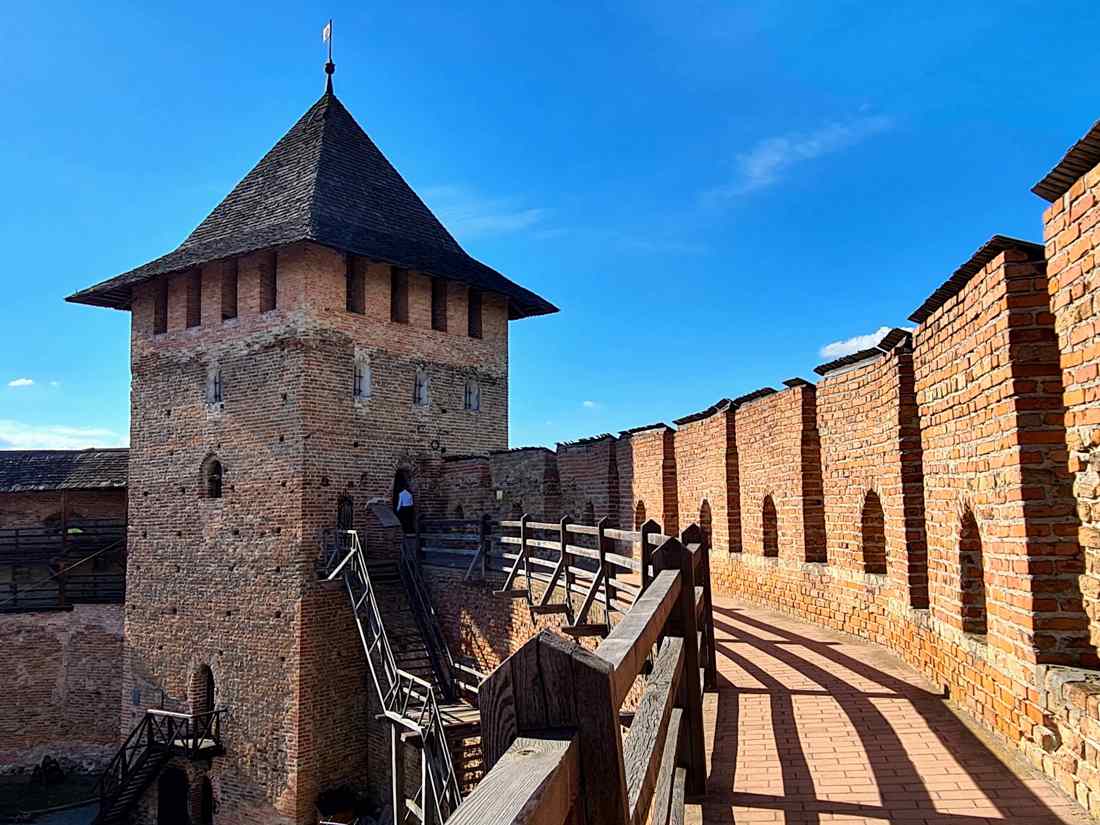
Lubart's Castle
Lutsk Castle or Lubart's Castle is a symbol of Lutsk, founded in the 14th century by Prince Lubart, son of the Grand Duke of Lithuania Gediminas. A small settlement once stood on the site of the castle, which appeared during the reign of Vladimir the Great. At that time, the castle was not as powerful and defensible as it was under the Lithuanian princes, but in 1069, it withstood a siege by Polish troops led by King Bolesław II the Brave, who were marching on Kyiv. The castle stands on a high hill at the confluence of two rivers, the Styr and the Luchitsa. This location offers a good view of the surrounding area and made it easy to defend the northwestern borders of Volhynia. The castle repeatedly repelled Tatar raids and withstood sieges by Polish troops. In the 17th century, the fortress walls were used as a prison for local nobles and captured soldiers. Throughout its history, it has served various functions: it was a residence for princes, an administrative center, and a place of imprisonment. The preserved towers, gates, and walls from the 14th–15th centuries give an idea of medieval life and the architecture of the castle. In the event of a sudden siege, the inhabitants of Lutsk sought refuge inside the castle, relying on its sturdy walls. The castle is open to visitors, who can stroll through the inner courtyard, climb the tower, and see the city from above. The interior exhibitions tell the story of the castle, the daily life of its medieval inhabitants, and the significance of the fortress in medieval times. Among the local legends, the stories about the underground passages that connected the castle to different parts of the city are particularly well known, and archaeologists have confirmed the existence of some of them.


